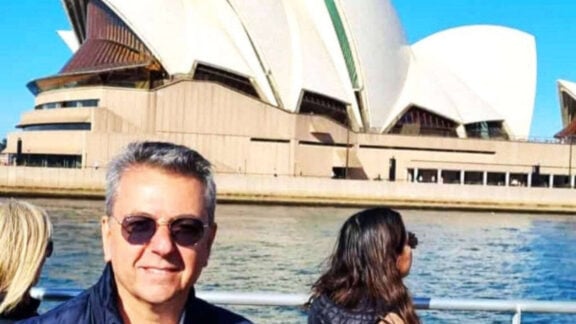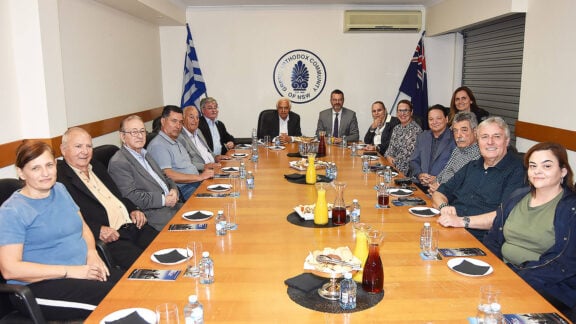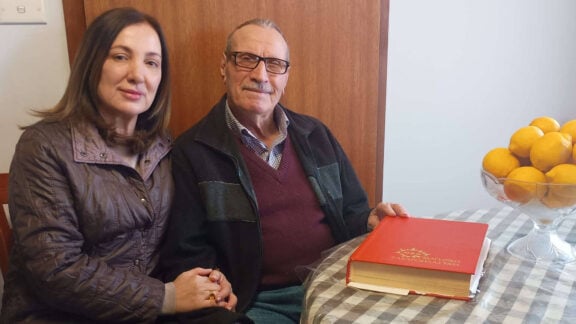Coffee fetishism in the creative sectors, especially in Melbourne is undermining my cultural space. Is it cultural appropriation? I am confronted and confused.
As a Greek Australian suburban boy, I grew up with coffee, that’s’ just what we had. I have drunk coffee in one form or another since I was 10 or 11. I love it. I love the ritual of going for coffee, making coffee and even saying, “Let’s have a καφέ“.
This remarkable ancient Ethiopian gift has transformed the world, and I pay homage daily. Not to leave any anyone out, I thank the Ottoman Empire and the Arab Caliphates for Arabica, for without them as colonial masters in parts of Europe we’d have no coffee. The Venetians and Viennese thank you for the refinement and trade. To my Italian cousins, the moka pot, what can I say? Che stile! Starbucks for making espresso available globally, thank you.
I love my coffee from an espresso moka pot or a briki (cezve), and I love also my Greek frappe.
Until my mid 20s, at home I drank mainly two types of coffee, pulverised Turkish/Arabic/Byzantine and instant. My father drank Greek coffee and mum instant. Cappuccino and espresso were reserved for an Italian café or pizza joint, or Italian friend’s home.
In 1986, my first time as a young adult back in Greece, I encountered French style drip coffee at my aunt’s and it was exotic. In a year in Greece I consumed ‘Nes’ a common term used by Greeks for granulated freeze-dried coffee whipped with sugar, traditional Turkish/Greek coffee and was exposed to the frappe in the blender, a unique iced smoothie of caffeine. Coffee was an expensive import in Greece then so pulverised and instant were my sources.
Historical accident took me to Vienna where I encountered an array of coffee styles and additions like malt, thickened cream, brandy and so on. For the first time I understood the term ‘coffee culture’, the culture that was beyond the expedient and routine. Viennese coffee culture was historic and complex. Viennese coffee houses some of the oldest in the Western World had fermented intellectual genius hundreds of years earlier. My love of the beverage was even greater now. I drank coffee in wooded dark coffee houses where Freud and earlier Marx had – cool.
Back in Adelaide the Italian service industry was on steroids, so I transferred my Viennese coffee sensibilities to the macchiato and cigarette combo. I became a wretched addict and I do fall off the wagon now and then.
In Singapore in the mid 90s for a period I got accustomed to Malaysian Kopi, especially in the morning. This sludgy mix of chicory, butters, coffee grains bundled in cheesecloth, boiled, then served with sweetened condensed milk, hot or cold, grew on me. I love Vietnamese ca phe sua da, a variation on the French drip coffee and the Greek frappe. My Spanish wife embedded cafetera or moka pot coffee into our life.
I adapt to all coffee cultures. If there is no ‘real’ coffee in the house, (a rarity), I will resort to an instant coffee and I will enjoy it. The pantry is stocked with ground, pulverised and instant coffee.
So when I encounter coffee snobbery in a nation where almost 75 per cent of Australia’s annual coffee consumption is instant, it intrigues me. Australians, still drink less brewed coffee than the Americans, Japanese, the Italians, Spaniards and French. The Fins top the coffee consumption charts at around 10 kilograms per person per year of brewed coffee. Tunisia is at 7th place and we’re 47.
We drink around 2.5 kilograms per year per person of brewed coffee, the Americans drink around the 4 kilogram per person and the Italians 6 kilograms per person.
Given this reality, let’s relax. Let’s be happy that we have a coffee culture at all. A culture built on Italians since the late 1890s, and Greek cafés and milk bars since the 1920s.
Now we are blessed with a plurality of coffee cultures; Ethiopian, Vietnamese, Lebanese, Turkish and Malaysian. Even the petrol station has real coffee and you know what? It’s all right.
I remember stories from my parents of how chicory was ‘coffee’ in the 50s and much later in the late 60s and 70s modern ‘international’ instant coffee. Turkish and Italian coffee was sold at specialist delicatessens only.
I guess I’m just a little tired of a tattooed acrobat who studied postcolonial film culture followed by a barista course in Northcote giving me a narrative on single origin and proceeding to serve me a baby bath tepid beverage for which I am charged 1989 Swiss prices. Or, I’m just cranky.








